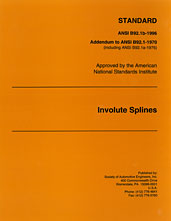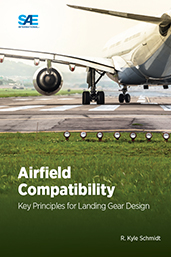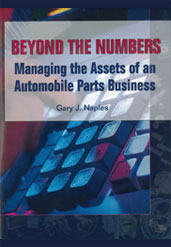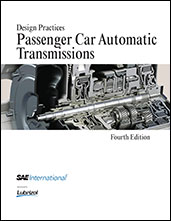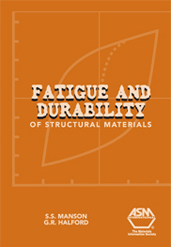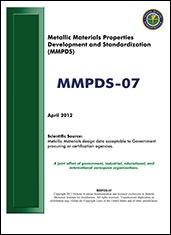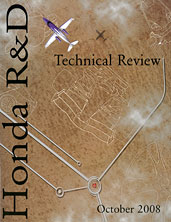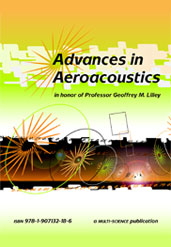Book

Counterfeit Electronic Parts: Supply Chains at Risk (DVD)
2015-04-15
"Spotlight on Design" features video interviews and case study segments, focusing on the latest technology breakthroughs. Viewers are virtually taken to labs and research centers to learn how design engineers are enhancing product performance/reliability, reducing cost, improving quality, safety or environmental impact, and achieving regulatory compliance. Just how prevalent is the problem of counterfeit electronic parts? What are the consequences of using sub-par components in safety or mission critical systems? The Federal Aviation Administration estimates that 2% of the 26 million airline parts installed each year are counterfeit, accounting for more than 520,000 units, maybe more.


